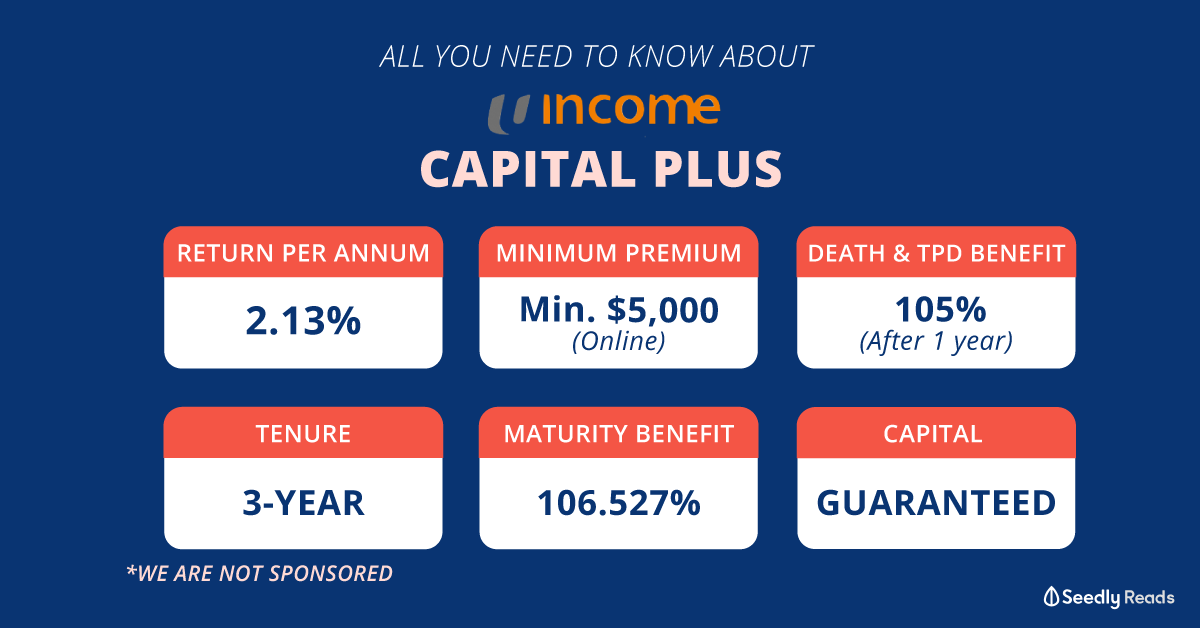Advertisement
Anonymous
What are your thoughts on Manulife LifeReady Plus?
It is a whole life policy with cash value.
The total cash value is made up of guaranteed and non-guaranteed cash value. The guaranteed comes from a portion of the premiums paid, while the non-guaranteed comes from reversionary bonuses declared to policyholders annually. Once declared, the non-guaranteed reversionary bonuses become guaranteed.
2
Discussion (2)
Learn how to style your text
Elijah Lee
01 Jun 2020
Senior Financial Services Manager at Phillip Securities (Jurong East)
Reply
Save
Hey there!
In general, that's how whole life plan works. It is participating, allowing for non-guaranteed bonuses and having guaranteed bonuses that's declared. The key difference will be how the participating fund does that generates the non-guaranteed bonuses. You might want to look at how well it is doing by looking at the Policy Illustration. Different insurers have differing investment returns of the participating fund and expense ratio: take the former minus the latter and you'll have a gauge.
That's just one portion of it. You will have to look to see if the plan ultimately meets your health needs because that's what the plan is designed for. People get a whole life plan because they want to be covered till death while not wanting to be paying forever If you are looking at cash value etc, you might want to consider saving/investing instead.
Financial planning is an integral part of life. You can reach me here to find out more.
Reply
Save
Write your thoughts
Related Articles
Related Posts
Related Posts
Advertisement










Hi anon,
Manulife LifeReady Plus is a limited payment whole life plan with an option to boost your coverage up to 5 times of the basic sum assured. The part where you have mentioned the cash value and bonuses is the same for all participating plans.
You would want to get this plan for the Early/Late stage Critical Illness coverage, via the appropriate riders. Some of the features that other plans may not have are as such:
Low sum assured allowed (As low as $25K). This may or may not be a deal breaker, as due to large sum discount, a $50K basic sum assured may not be much more expensive
Health Advantage Benefit: If you are healthy, you get a discount for the first 2 years of premium, and proof of continued good health after that will allow you to get the discount for the remaining premium term
Retrenchment benefit: Helpful in uncertain times, although if you have an adequate emergency fund, this shouldn't really pose an issue.
The number of covered conditions is quite high also, at 125 conditions and 18 special conditions. However, I do caution that some of the covered conditions are very rare and possibly not even ever diagnosed in Singapore, such as Ebola. What's more important will be the coverage of the major critical illnesses and their early/intermediate stages.
Premiums wise it is generally competitive and usually amongst the top 3 in terms of cost. As mentioned, you'd want to get it to ensure whole of life coverage for critical and early critical illness. A decent plan overall, and competitive alongside other offerings from Aviva and China Taiping.